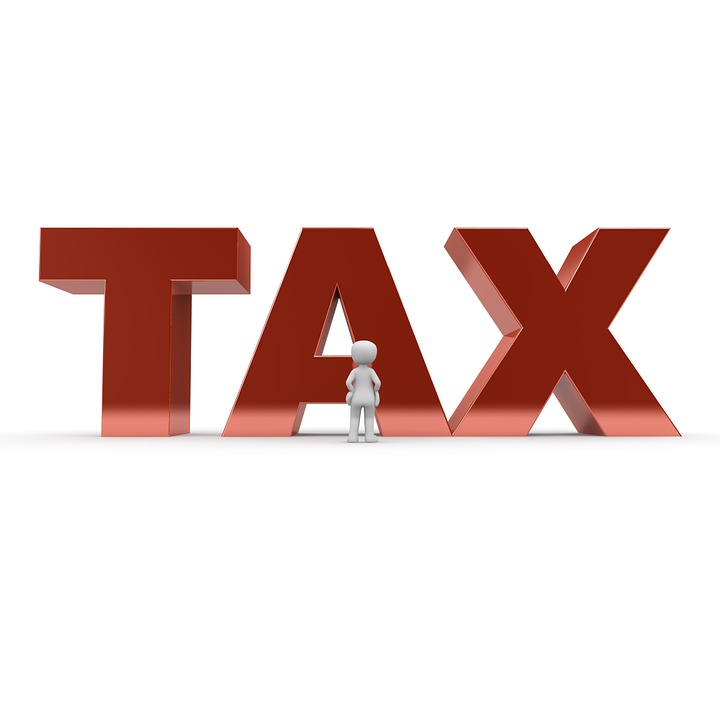Introduction to Taxation in India
Introduction to Taxation :-
There are multiple taxes in our country. But have you ever wondered, what does the term ‘tax’ means and why is it charged to us? In this introduction to taxation, we’ll understand the concept of charging tax. Tax is a fee charged by a Government on a product, income or activity. Indian taxation consists of two types of taxes, i.e, Direct Tax and Indirect Tax.
- Direct taxes are levied directly on the income or the wealth of a person, for example Income Tax. A direct tax is one whose burden cannot be shifted by the taxpayer to someone else.
- On the other hand, Indirect taxes are levied on the price of a good or service, e.g. Goods and Services Tax (GST) or Custom Duty. In the case of indirect taxes, the taxpayer is just a channel of paying tax to the government. At every stage the tax- incidence is passed on till it finally reaches the consumer, who really bears the burden of the tax.
Now the question arises, why the taxes are levied? The reason for levy of taxes is that they form the basic source of revenue to the Government. The revenue earned in the form of taxes are utilised for meeting the expenses of Government like defence, provision of education, health-care, infrastructure facilities like roads, dams etc. This was the basic introduction to taxation, now we’ll learn some basic terminologies of Income Tax.
Introduction to Taxation terminologies :-
- Assessee :- Assessee means a person by whom any tax or any other sum of money is payable under the Income Tax act, 1961.
- Assessment Year – The term has been defined under section 2(9). This means a period of 12 months commencing on 1st April every year. The year in which income is earned is the previous year and such income is taxable in the immediately following year which is the assessment year. Income earned in the previous year 2017-18 is taxable in the assessment year 2018-19.
- Previous year – The term has been defined under section 3. It means the financial year immediately preceding the assessment year. As mentioned earlier, the income earned during the previous year is taxable in the assessment year.
Some interesting facts about the Income Tax and taxpayers in India :-
- Among 130 crore Indians, only about 4.5% (5.9 crore) filed Income Tax returns in Assessment Year 2016-17. An even smaller number of the population paid income tax.
- Just two states, Maharashtra (38%) and Delhi (13%) pay 51% of India’s total income tax.
- There were 24.4 lakh taxpayers who declared an annual income of over Rs 10 lakh. Yet 25 lakh new cars, including 35,000 luxury cars, are being bought every year for last five years .
- There were less than 20,000 assesses in assessment year 2012-13 declaring income in excess of a Rs 1 crore a year. Of the 3.1 crore returns filed in the year, maximum 20 lakh were in the tax bracket Rs 5.5-9.5 lakh.
- The number of effective assesses has increased to 5.9 crore in assessment year 2016-17. It was 4.43 crore in assessment year 2011-12.
- Direct taxes made up for 36.31% of the total taxes in 2000-01 and the ratio has risen to 50% in assessment year 2016-17.
The government has taken a great initiative by releasing the Time series data of Income Tax from Financial Year 2000-01 to 2016-17. To check the complete data, click here.





Pingback: GST in India - A brief introduction - Your Columnist
Pingback: Demonetisation - The Impact based on facts - Your Columnist